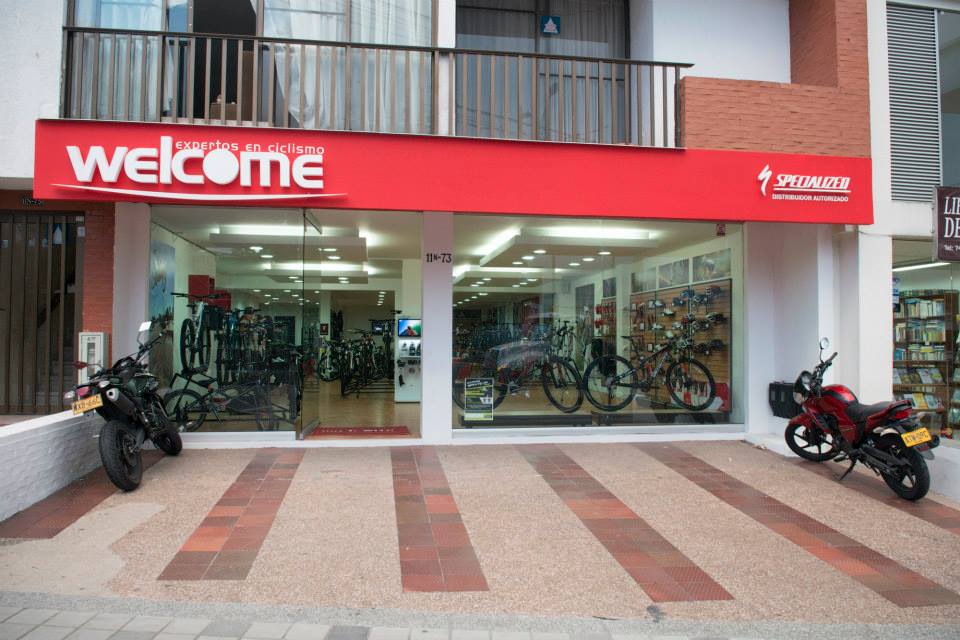Recently, I had someone ask me what I look for when checking in a bicycle for repair. A list so nothing would be missed and the opportunity to up-sell would arise. So, here it is, the master list of information I like to look through when taking a bike in.
THINGS TO ASK THE CUSTOMER:
Name?
Phone?
Email?
Best way to contact? Phone? Email? Text? Tweet?
Address?
When do you need the bike back?
Which of our menu items would you feel suits you best?
Any odd sounds? Clinks? Clanks? Rubbing?
Anything feel weird or uncomfortable?
Any pain in your body when riding?
Where have you ridden it since your last service?
How many miles since your last service (estimate)?
Do you have an event coming up?
What is most important to you: speed or comfort?
ITEMS TO CHECK ON THE BIKE:
F. Tire: tread wear, cracking
F. Rim: trueness, pad burn, cracking, swelling
F. Spokes: loose or snapped
F. Hub: lateral play, stickiness, QR loose
F. Rotor: wear, warped
F. Caliper: pad wear, cable fray
Fork: compression/rebound not responsive
HT: cracks at TT and DT junction
Headset: fore/aft play with fork
Stem: not straight, bolts loose/uneven
Handlebar: not center, odd rotation
Computer: Not working
F. Light: Not working
Bar tape/grips: wear
Shifters/brake levers: squishy, loose, difficult to move
DT: bottle cage loose, broken
BB: cracks at DT, CS, and ST junction
Crankset: lateral play, loose bolts
Chainring: loose/missing bolts, worn teeth
Chain: stretch, how many miles?
Pedals: sticky, rusted, bolts stripped
F. Derailleur: Not shifting properly, cable fray
ST: bottle cage loose, linkage sticky, cracks at TT/SS junction
Seatpost: over max height, scratched, not dropping
Saddle: sagging, rails loose, material wear
SS: Shock compression/rebound not responsive
R. Light: Not working
R. Caliper: pad wear, cable fray
R. Rotor: wear, warped
R. Hub: lateral play, stickiness, QR loose
R. Spokes: loose or snapped
R. Cassette: play, worn teeth
R. Derailleur: Not shifting properly, worn pulleys, cable fray
R. Rim: trueness, pad burn, cracking, swelling
R. Tire: tread wear, cracking
Want more? Take a look at Leading Out Retail. This book is a creative look at bicycle retail and teaches retailers simple strategies on how to increase profit through service, what the most important question to ask every customer is, and how to manage the dreaded Timmy Factor.










